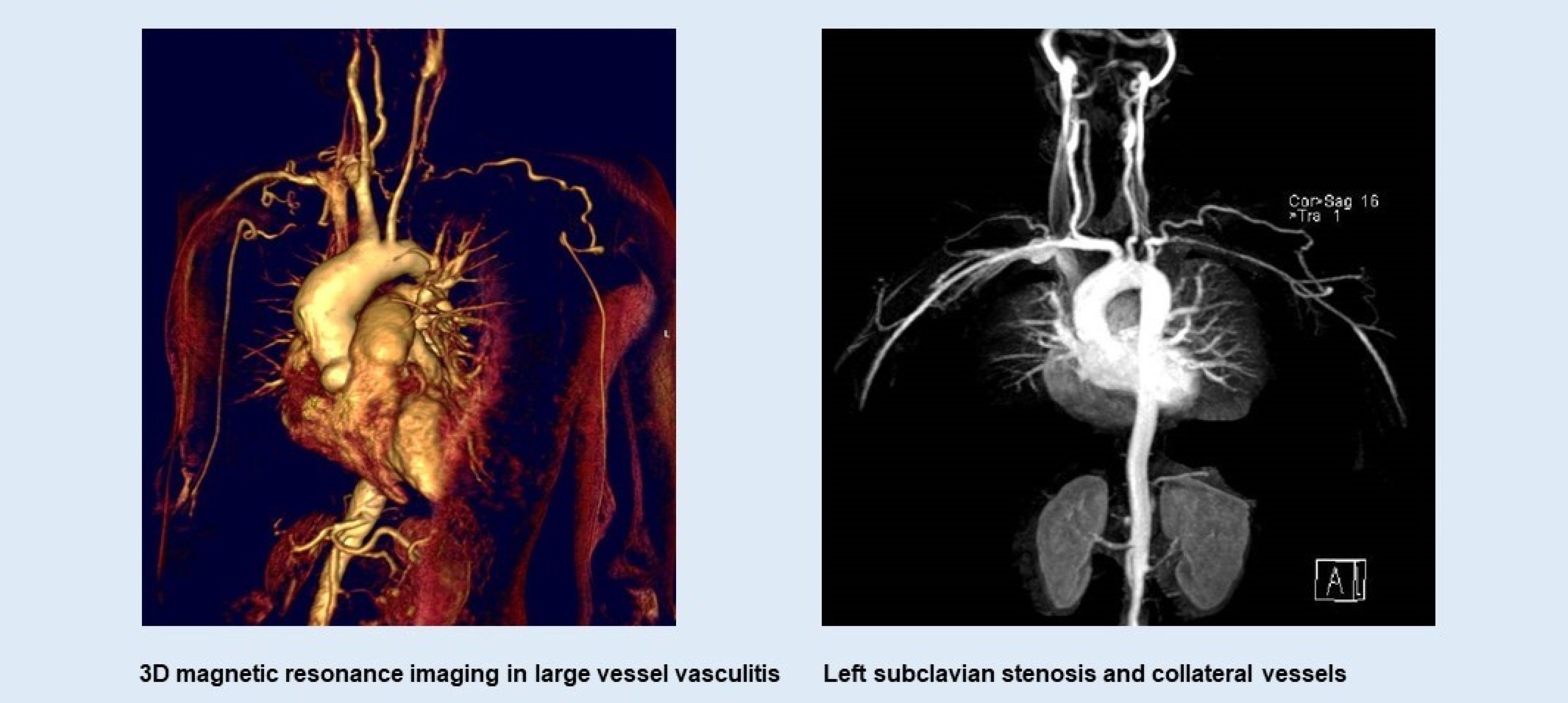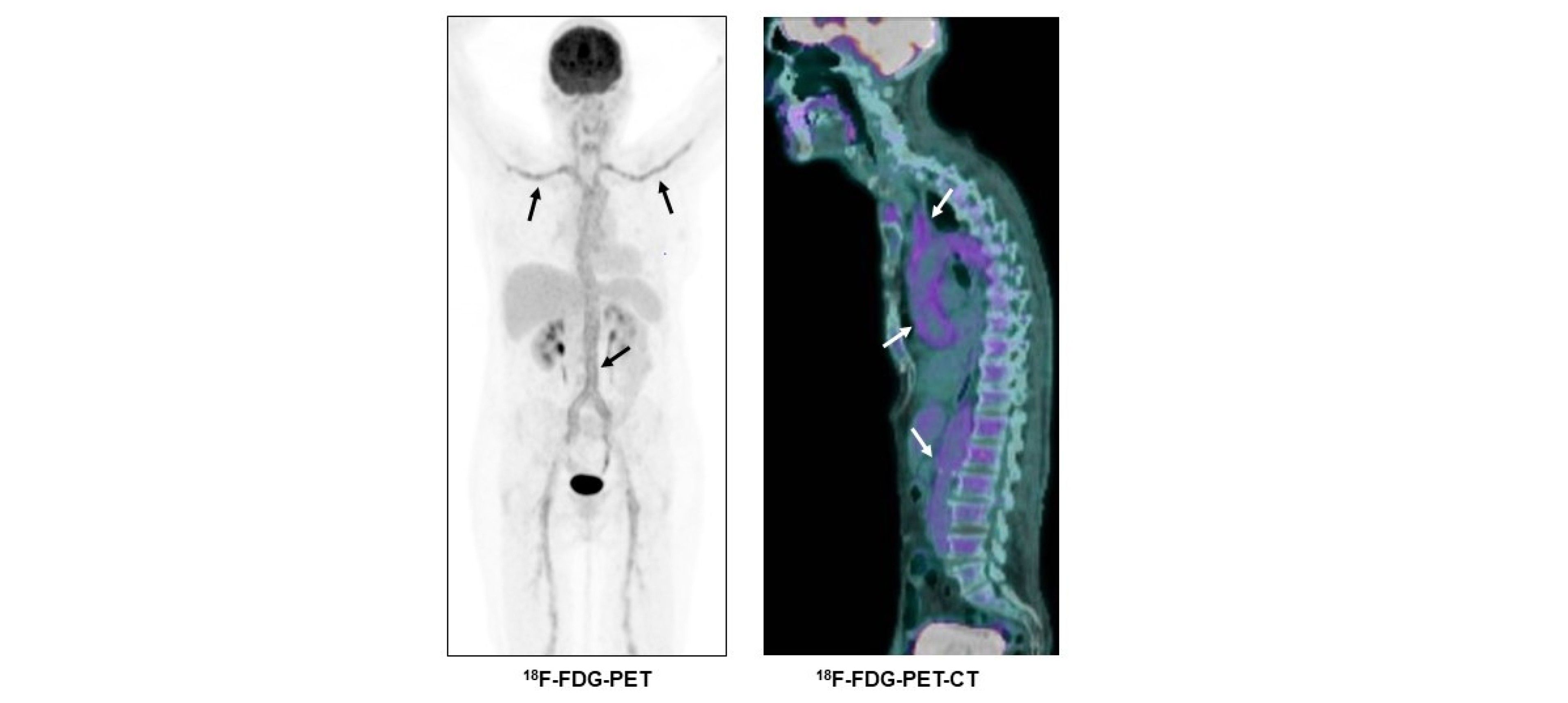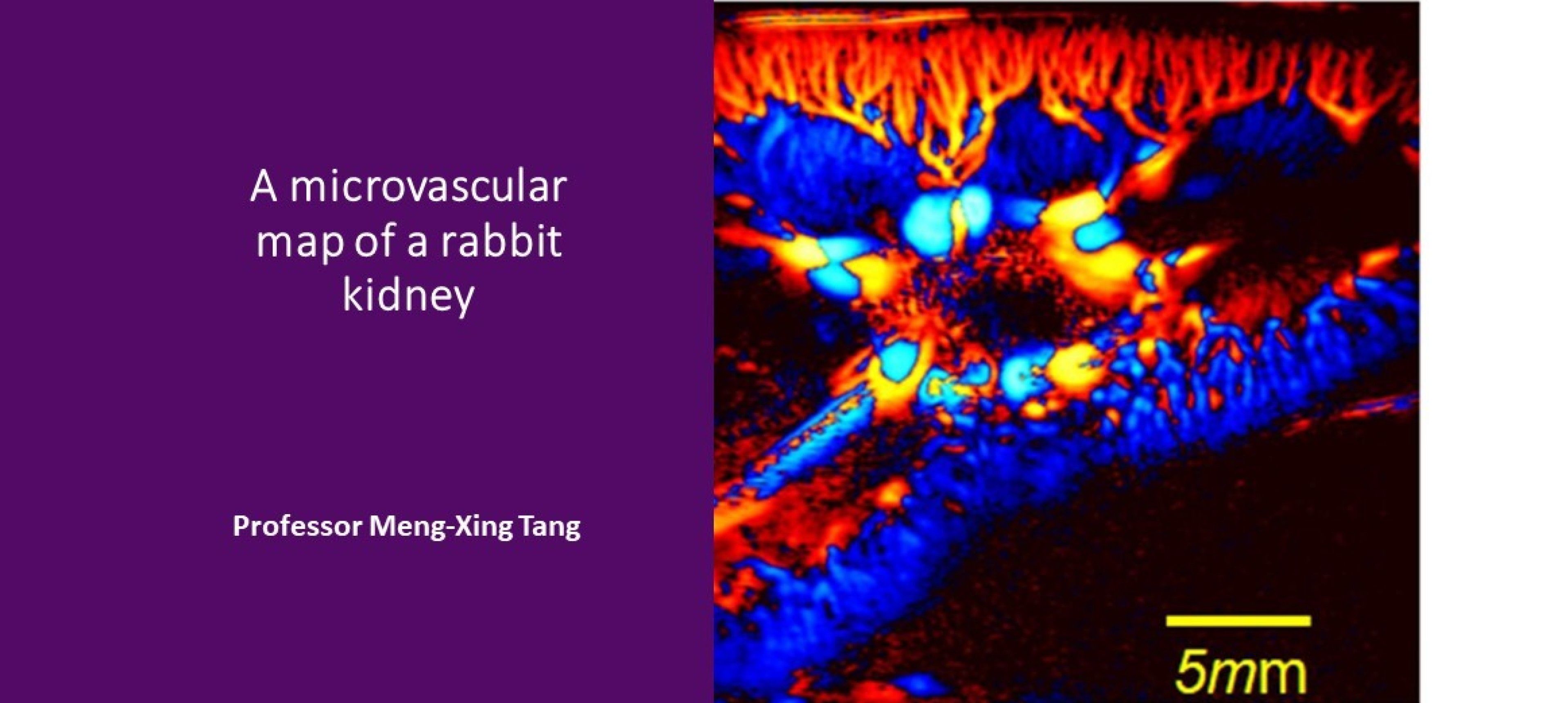Research within the Centre combines laboratory, pre-clinical in vivo, and clinical studies to identify novel biomarkers and potential treatment targets. Recent and ongoing work includes:
1. ANCA-associated vasculitis
The identification of circulating, urinary, tissue and genetic biomarkers (such as BLyS, sRAGE and SYK) that may inform diagnosis and monitoring of AAV.
Many of these have also emerged as potential therapeutic targets, and are being studied in experimental in vivo models and clinical studies. For example, the COMBIVAS trial, supported by the MRC EMINENT consortium, is currently exploring the use of anti-BLyS therapy in patients with active AAV.
This study will include comprehensive analysis of the urinary proteome to identify novel non-invasive biomarkers of kidney inflammation and scarring.
We are studying the use of a novel non-invasive nasosorption technique to sample airway linings to assess mucosal inflammation in patients with sino-nasal disease is AAV in collaboration with clinical ENT colleagues and bioinformaticians at NHLI.
In collaboration with partners in the European Vasculitis Genetics Consortium, we have contributed to several GWAS and genetic mapping studies to identify polymorphisms which contribute to disease susceptibility and which may improve understanding of pathogenesis and identify novel treatments.
Future studies with clinical pathology and bioinformatics will investigate transcriptomic analysis of tissue inflammation in the kidney and other organs affected by AAV.
2. Imaging biomarkers
Imaging research within the Centre aims to optimise non-invasive imaging biomarkers, including positron emission tomography (PET), high resolution US, MR and CT angiography in vasculitis research and clinical management. This work includes:
Identification of novel PET tracers for the detection of arterial inflammation.
A collaborative project between Vascular Science, the Imperial NIHR imaging theme and the Cardiovascular Research Centre at the University of Cambridge BRC is pursuing exciting findings investigating somatostatin receptor subtype-2 as a potential alternative imaging biomarker for defining disease activity in large vessel vasculitis.
The group has recently defined novel MR and CT arterial imaging outcome indices for large vessel vasculitis, applicable as an end-point for clinical trials.
Future studies with medical biophysicists will explore the application of artificial intelligence and machine learning to MR and CT imaging to optimise image acquisition and interpretation.
In collaboration with Bioengineering, the impact of altered arterial geometry and associated disturbance of blood flow vessel function and the development of premature atherosclerosis in the vasculitides are being explored.
Further Bioengineering and Imaging collaborations will explore the application of novel high-resolution imaging techniques to small vessel inflammation, which remains an unmet need.
General enquiries
For any questions related to the Centre, please contact:
Vasculitis Centre of Excellence Admin
VasculitisCoE@imperial.ac.uk



